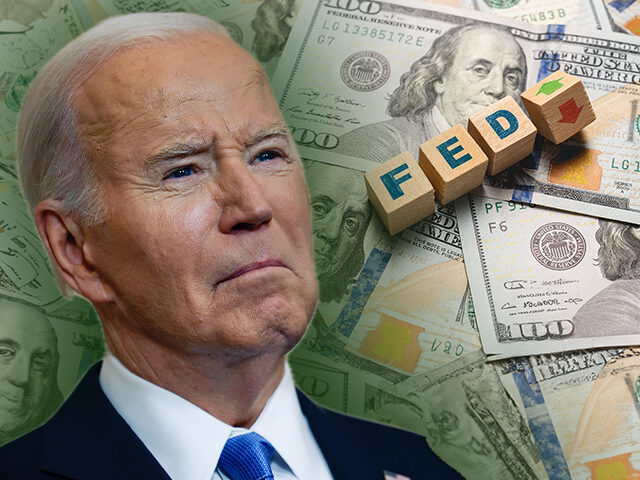A key gauge of inflation surged by much more than expected in April, confirming that the pace of inflation has accelerated.
The producer price index for final demand, which measures the prices paid to U.S. businesses for their goods and services, rose by 2.2 percent in April, the Department of Labor said Thursday. Compared with a year ago, the index is up 2.2 percent, the largest increase in a year.
Economists had forecast a 0.3 percent gain in April compared with March and a 2.2 percent gain year-over-year.
The impact of the higher-than-expected figures for April was somewhat softened because the prior month’s estimate was revised down from a 0.2 percent gain to a decrease of 0.1 percent.
The so-called core producer price index—a measure that excludes prices of food and energy—jumped 0.5 percent in April after calling 0.1 percent in March. Economists had forecast a 0.2 percent gain. Over the year, core producer prices are up 2.4 percent.
Another measure that also excludes wholesale and retail merchant margins known as trade services prices, rose 0.4 percent in April. Compared with a year ago, this “core core” measure is up 3.1 percent, the largest year-over-year gain since a year ago.
The producer price part of the measure’s name comes from the fact that the price changes are measured from the point of view of the seller of the goods rather than the buyer. That means they do not include sales or excise taxes or government subsidies that go to consumers. Shipping costs that are paid by consumers are also excluded. The prices of imports are not included because those are not received by U.S. producers but by foreign producers.
The final demand part of the measure’s name comes from the fact what is measured is the prices of sales to what are sometimes called end-users. That is, these are not sales of components or materials that are directly employed to create goods and services sold to consumers. These are products sold to customers who are government buyers, household buyers, businesses buying capital goods, and foreign buyers.
The index for final demand services rose 0.6 percent in April, the largest rise since jumping 0.8 percent in July 2023. Prices for final demand goods rose 0.4 percent in April after falling 0.2 percent in March.
The much hotter-than-expected inflation figure is likely to be seen as delaying any rate cuts from the Federal Reserve. Officials have said that they need to see evidence that inflation will continue to fall before they will begin reducing their federal funds benchmark interest rate.

COMMENTS
Please let us know if you're having issues with commenting.